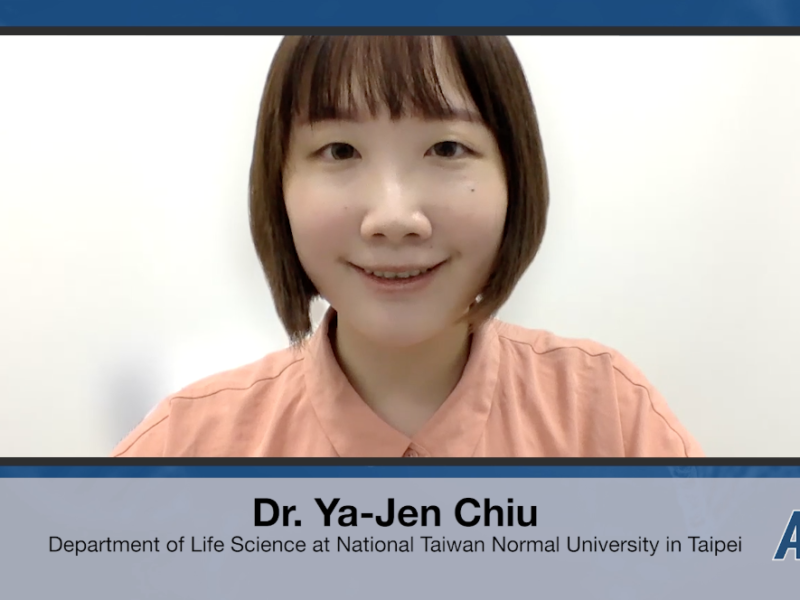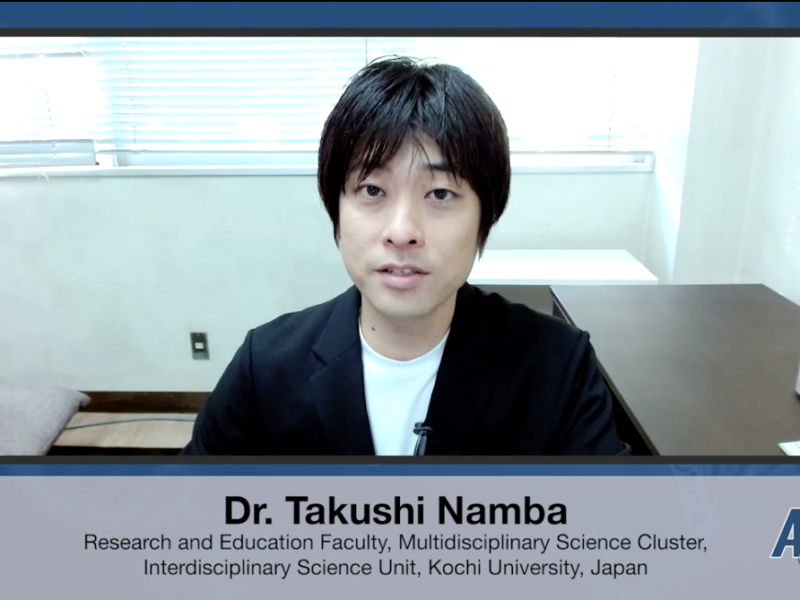PRESS RELEASE: A new research paper was published as the cover for Aging’s Volume 14, Issue 21, entitled, “IGF1 gene therapy in middle-aged female rats delays reproductive senescence through its effects on hypothalamic GnRH and kisspeptin neurons.”
Aging (Aging-US) Authors

PRESS RELEASE: A new research paper was published in Aging’s Volume 14, Issue 20, entitled, “Age-associated changes in microglia activation and Sirtuin-1- chromatin binding patterns.”

PRESS RELEASE: A new research perspective was published in Aging’s Volume 14, Issue 20, entitled, “Lamin A to Z in normal aging.”

The open-access journal Aging recently launched a new webpage showcasing the full Aging Scientific Integrity Process.

PRESS RELEASE: A new research perspective was published on October 24, 2022, in Aging’s Volume 14, Issue 20, entitled, “Rapamycin treatment early in life reprograms aging: hyperfunction theory and clinical practice.”

Dr. Ya-Jen Chiu discusses a research paper she co-authored that was published by Aging (Aging-US) in Volume 14, Issue 18, entitled, “Novel TRKB agonists activate TRKB and downstream ERK and AKT signaling to protect Aβ-GFP SH-SY5Y cells against Aβ toxicity.”

PRESS RELEASE: A new research paper was published on the cover of Aging’s Volume 14, Issue 20, entitled, “Downregulation of senescence-associated secretory phenotype by knockdown of secreted frizzled-related protein 4 contributes to the prevention of skin aging.”

Dr. Takushi Namba discusses a research paper he co-authored that was published by Aging (Aging-US), entitled, “Lotus germ extract rejuvenates aging fibroblasts via restoration of disrupted proteostasis by the induction of autophagy.”

PRESS RELEASE: A new review paper was published in Aging’s Volume 14, Issue 19, entitled, “RNA modifications in aging-associated cardiovascular diseases.”

Fedor Galkin, Scientific Director at Deep Longevity, Inc., discusses a research paper he co-authored that was published by Aging (Aging-US) in Volume 14, Issue 18, entitled, “Psychological factors substantially contribute to biological aging: evidence from the aging rate in Chinese older adults.”